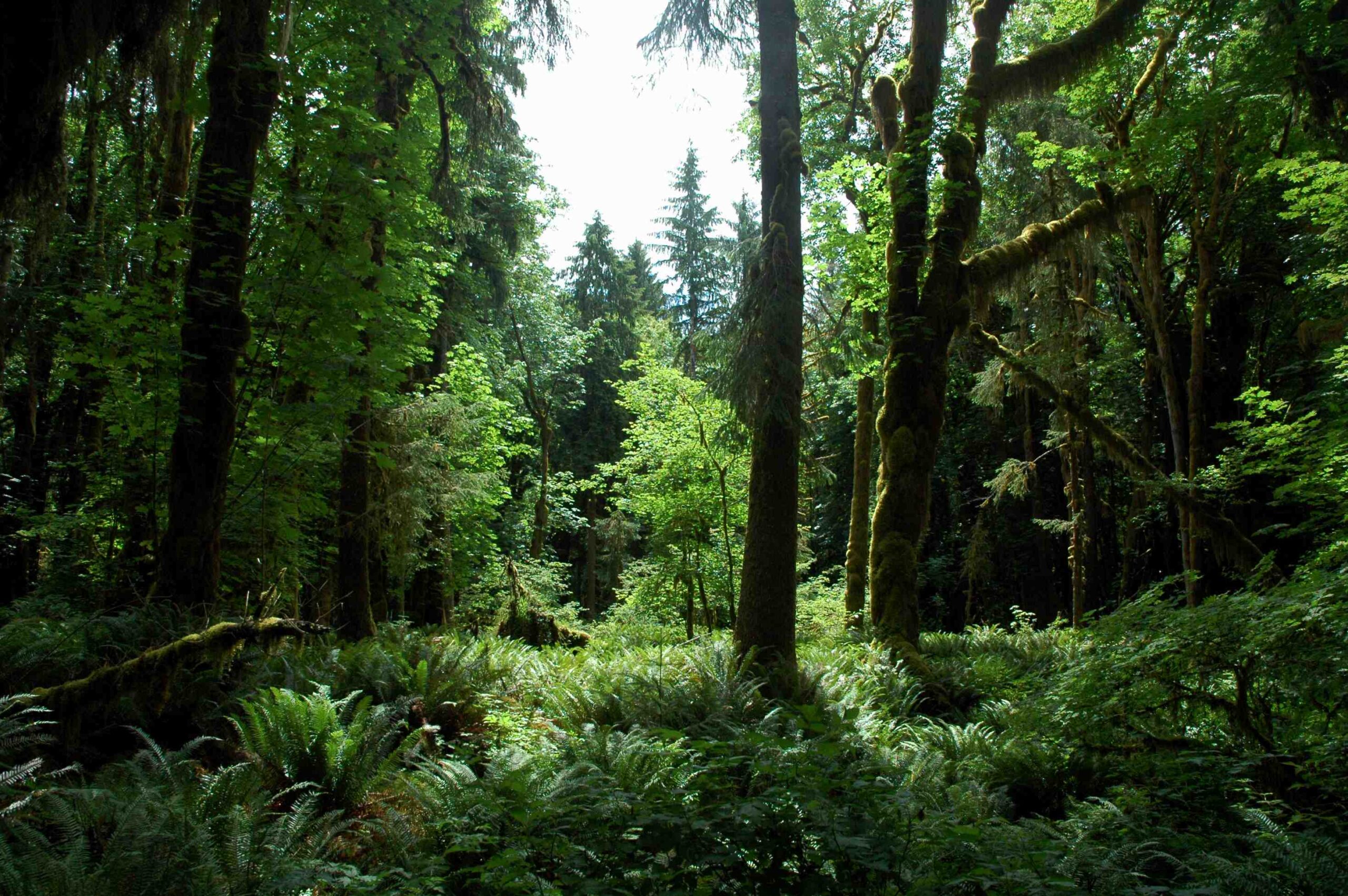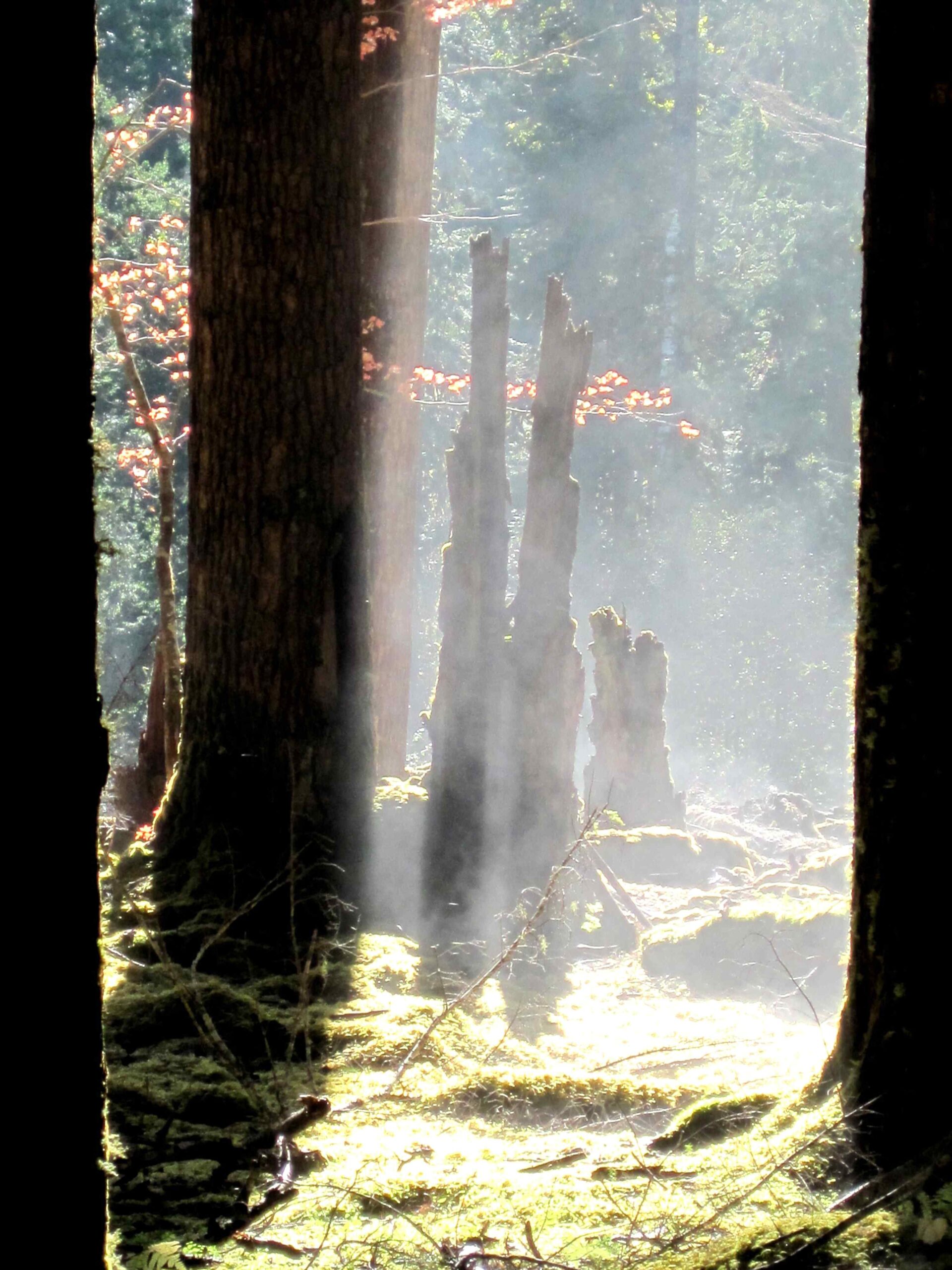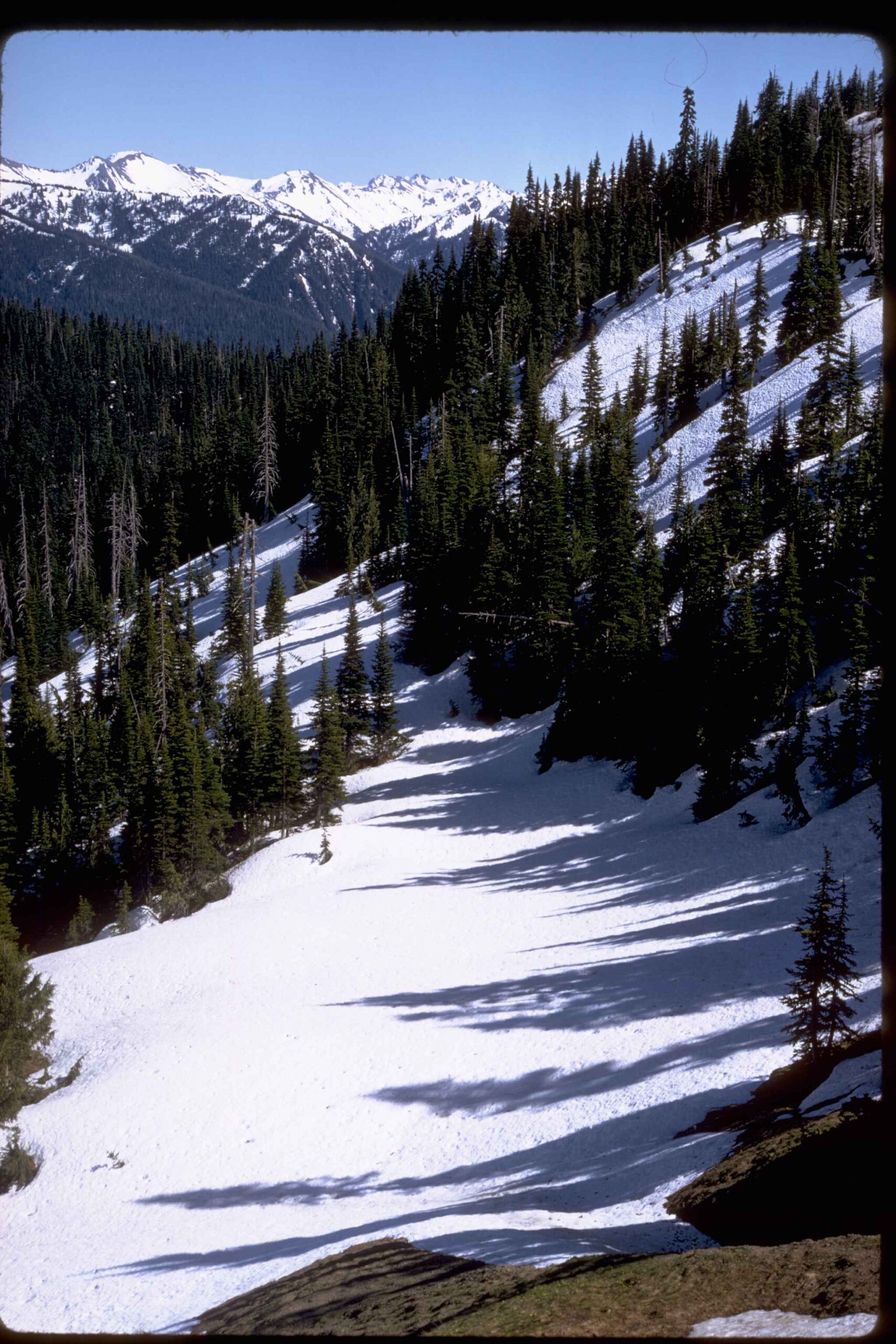Olympic National Park, located in Washington State, is a diverse wilderness encompassing nearly a million acres. It features rugged coastlines, lush rainforests, and towering mountain ranges. The park is divided into several distinct areas, each offering unique landscapes, ecosystems, and recreational opportunities. From the alpine meadows of Hurricane Ridge to the misty shores of the Pacific Coast, Olympic National Park provides visitors with an unparalleled natural experience.
What Are the Main Areas of Olympic National Park?

Olympic National Park is divided into four primary regions:
- Northern Olympic National Park (Hurricane Ridge)
- Pacific Coastline
- Temperate Rainforests (Hoh and Quinault)
- Lake Crescent and Sol Duc Valley
Each area offers unique landscapes, hiking trails, and wildlife viewing opportunities. Let’s explore these regions in detail.
What Can Visitors Experience in the Northern Olympic National Park?

The Northern Olympic National Park, dominated by Hurricane Ridge, is known for its alpine meadows and panoramic views. Here are some key features:
- Hurricane Ridge Trail to Hurricane Hill:
- Distance: 3.2 miles round trip
- Difficulty: Easy to moderate
- Elevation Gain: 700 feet
- Time: Approximately 2 hours
-
Notable Features: Spectacular views of the Olympic Mountains and Strait of Juan de Fuca
-
Klahhane Ridge Trail:
- Distance: 5 miles round trip
- Difficulty: Moderate to difficult
- Elevation Gain: 1,700 feet
-
Notable Features: Rock scrambling, diverse wildflowers in summer
-
Sunrise Ridge Trail:
- Distance: Varies depending on route chosen
- Difficulty: Moderate
- Notable Features: Scenic views of the Olympic Mountains and Strait of Juan de Fuca
What Are the Highlights of the Pacific Coastline Area?
The Pacific Coastline of Olympic National Park offers rugged beaches, dramatic sea stacks, and diverse marine life. Key attractions include:
- Cape Flattery:
- Westernmost point in the contiguous United States
- Short, easy trails to scenic viewpoints
-
Opportunities for whale watching
-
Shi Shi Beach:
- 8-mile round trip hike
- Pristine sandy beach with sea stacks
-
Excellent tide pooling opportunities
-
Rialto Beach:
- Famous ‘Hole-in-the-Wall’ rock formation
- 4-mile round trip hike along the beach
-
Driftwood-strewn shoreline perfect for photography
-
Ruby Beach:
- Easily accessible
- Known for its colorful pebbles and dramatic sea stacks
- Popular spot for sunset viewing
What Makes the Temperate Rainforests Unique?
Olympic National Park is home to some of the largest temperate rainforests in the United States. The two main rainforest areas are:
Hoh Rainforest
- Receives up to 14 feet of rain annually
- Features the Hall of Mosses Trail:
- 0.8-mile loop
- Showcases old-growth forest and moss-draped trees
- Spruce Nature Trail:
- 1.2-mile loop
- Offers views of the Hoh River and less crowded than Hall of Mosses
Quinault Rainforest
- Home to some of the largest trees in the world
- Quinault Loop Trail:
- 4-mile loop around Lake Quinault
- Passes through old-growth forest and along the lakeshore
What Activities Are Available in the Lake Crescent and Sol Duc Valley Area?
This region offers a mix of lake activities and forest hikes:
- Lake Crescent:
- Clear, deep glacial lake
- Activities: Kayaking, canoeing, fishing
-
Marymere Falls Trail:
- 1.8-mile round trip hike
- Leads to a 90-foot waterfall
-
Sol Duc Valley:
- Known for its hot springs resort
- Sol Duc Falls Trail:
- 1.6-mile round trip hike
- Leads to a beautiful three-pronged waterfall
- High Divide Trail:
- 19-mile loop trail for experienced hikers
- Offers stunning views of the Seven Lakes Basin
How Does Climate Affect Visitor Experiences in Different Areas?
The climate varies significantly across Olympic National Park’s diverse regions:
| Area | Climate | Best Time to Visit | Impact on Activities |
|---|---|---|---|
| Hurricane Ridge | Alpine climate with heavy winter snow | July to September | Winter sports in snowy months, hiking and wildflower viewing in summer |
| Pacific Coast | Mild, wet winters and cool summers | July to September | Year-round hiking, but summer offers the best weather for beach activities |
| Rainforests | Mild temperatures year-round with high rainfall | May to September | Year-round hiking, but trails can be muddy in wet seasons |
| Lake Crescent | Moderate climate with less rainfall than the coast | June to September | Summer is ideal for water activities and hiking |
Where Are the Best Locations for Wildlife Viewing?
Olympic National Park offers diverse wildlife viewing opportunities:
- Hurricane Ridge:
- Wildlife: Mountain goats, black bears, Olympic marmots
-
Best time: Early morning or late evening in summer
-
Hoh Rainforest:
- Wildlife: Roosevelt elk, black bears, numerous bird species
-
Best time: Spring and fall
-
Coastal Areas:
- Wildlife: Sea otters, seals, bald eagles, various seabirds
-
Best time: Low tide for tide pool creatures, year-round for marine mammals
-
Lake Crescent:
- Wildlife: Black-tailed deer, various fish species
- Best time: Early morning or dusk
Remember to always maintain a safe distance from wildlife and never feed them.
What Visitor Centers Are Available and What Do They Offer?
Olympic National Park has several visitor centers that provide valuable information and services:
- Olympic National Park Visitor Center (Port Angeles):
- Open year-round
- Offers park information, exhibits, and a park film
-
Starting point for the Hurricane Ridge area
-
Hurricane Ridge Visitor Center:
- Open daily in summer, weekends in winter
- Provides information on alpine trails and wildlife
-
Offers panoramic views of the Olympic Mountains
-
Hoh Rain Forest Visitor Center:
- Open daily in summer, limited hours in winter
- Offers information on rainforest ecology and trails
-
Starting point for Hoh Rain Forest trails
-
Kalaloch Ranger Station:
- Open seasonally
- Provides information on coastal areas and tide pools
- Located near popular coastal campgrounds
These visitor centers offer ranger-led programs, educational exhibits, and are great sources of up-to-date trail and weather information.
Olympic National Park’s diverse areas offer something for every type of visitor, from casual sightseers to experienced backpackers. By understanding the unique characteristics of each area, visitors can plan their trip to make the most of this remarkable wilderness.
References:
1. Earth Trekkers – 17 Great Hikes in Olympic National Park
2. Wildland Trekking – Olympic National Park 10 Best Hikes
3. Wheatless Wanderlust – Hiking In Olympic National Park: A Guide For First Timers
4. National Park Service – Olympic National Park
5. Visit Olympic Peninsula – Olympic National Park

